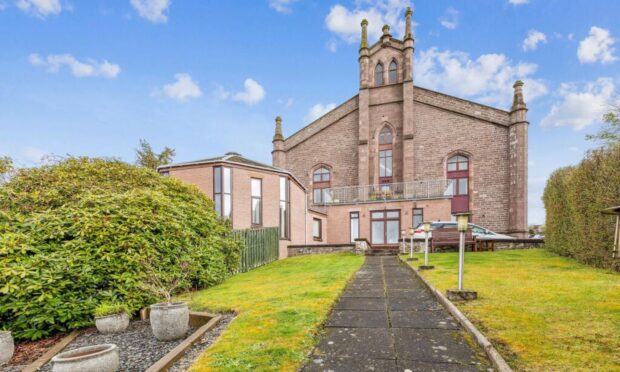If you cast your gaze towards the rooftops as you wander around Perth a surprising addition to the historic skyline is obvious – vegetation sprouting from the chimney stacks and sagging guttering.
That it is undermining the fabric of the buildings is obvious, raising the fear that masonry could come crashing down on the street and the obvious danger that this presents.
There have been near misses in the past but thankfully no one has been seriously injured in the city.
The dangers posed by an increasingly ageing streetscape – much of Perth is Georgian or older – were brought into sharp focus in the last few days.
In this case the danger didn’t come from above but rather below when the floor of the close of an aged block in the city centre collapsed, sending a woman crashing into the basement.
Thankfully she escaped with broken bones but the message is clear – something needs to be done to avert serious injury from crumbling structures.
Calls for action are easy to make but soon forgotten, something more concrete is required to tackle the issue.
The bottom line is probably financial and while threats might just get landlords to dig into their own pockets to make things right, a more pragmatic approach might reap dividends.
Grant aid which is available from the Perth City Heritage Fund has seen some remarkable transformations of once forlorn historic buildings.
The mixed ownership of buildings can create difficulties in reaching agreement of how to tackle repairs but the scheme has helped overcome this.
Shining examples of what can be achieved – the Cunningham Graham Close at the foot of the High Street and the block just round the corner in George Street – are a stark contrast to shabbier nearby blocks.
The near disaster in Atholl Street last week should prompt landlords and flat owners to seriously consider banding together to seek out the help that is available, making the streets safer and helping to preserve the built heritage.









